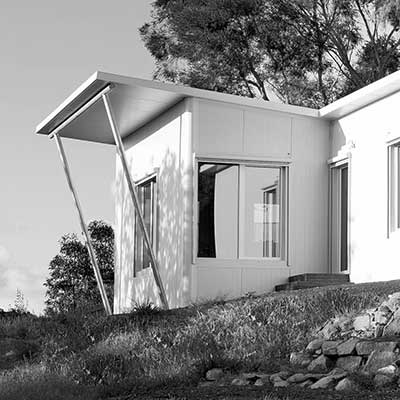Without a certificate, it’s just a passive house. Or is it?
I was pleased to be informed that I have been invited for the second time to present on this topic at the International Passive House Conference. This one is in Munich, 2018.
Below is the abstract I submitted.
Abstract
“Certificates are sometimes treated as a unnecessary label, and other times like a necessary evil. They can be ignored as irrelevant; or resented and feared as a barrier to entry.
The Passive House Standard requires certificates. Sometimes for building components. Other times for designers. At all times for the building itself. The physical building as built and tested.
This list of certificates makes it more difficult to achieve the Standard.
But, after all, it is a standard. It is not just a warm and fuzzy feeling (although it is that and much more).
Certificates for components can be hard to obtain. And certified components are not yet imported around the world.
Certificates for designers are hard to obtain. And certified designers can be thin on the ground in your country, let alone designers who have actually designed a certified passive house. Newly qualified designers do not have “runs on the board”.
And certificates for buildings are hard to obtain too. The process is so rigorous and laborious, from design stage to building stage to completion and testing. You can do everything well until the end, and fail the blower door test. What a disappointment that can be for all involved.
Because the certificates are hard to obtain, people find ways of dismissing their relevance. They can see the benefits of the Passive House Standard, but they can’t obtain them. So they start to appropriate the terminology of the International Passive House Institute and claim that their inferior buildings are equivalent. They call their buildings “passive house” buildings. And members of the public do not know the difference.
In some countries like Australia, this is complicated by the fact that solar panels are easy to instal. So people claim their houses are “net zero” ie better than passive, simply by adding a few solar panels to the roof. The customer may end up paying no power bills, so they are relatively happy, not knowing that the Passive House Standard could have produced so much more. Because of ignorance in this field, and salespeople who are keen to sell their products and services, the benefits of potential certification are lost.
Sometimes people think that they can tack on or add on a certificate to a good quality building. But the road to certification is long and paved with obstructions. Without a certification aim, their design, insulation, connection details, windows, and ventilation will be sub-standard.
A certificate for a passive house building is not just a ticket. It is the result of a complex, rigorous process with commitment from all involved.
Certification makes a massive difference to the end product, the comfort for users, the existence of drafts, condensation and mould, and the power consumption.
For those who understand the Passive House Standard, we need to explain to consumers what it means. Perhaps explaining it will help people to choose true Passive House, instead of a poor alternative.”
With the Superpod® system, we aim for certification every time. We are not content to stop when architectural lines are on a page. We are content when the building is finished, tested, and certified.
What do you think?
Do you think solar panels and timber linings make a building sustainable?
Do you think any building with passive house elements can be called a Passive House?





